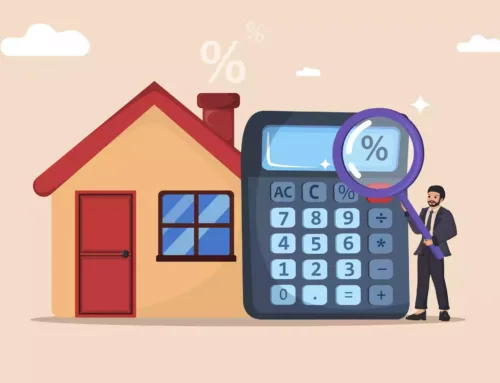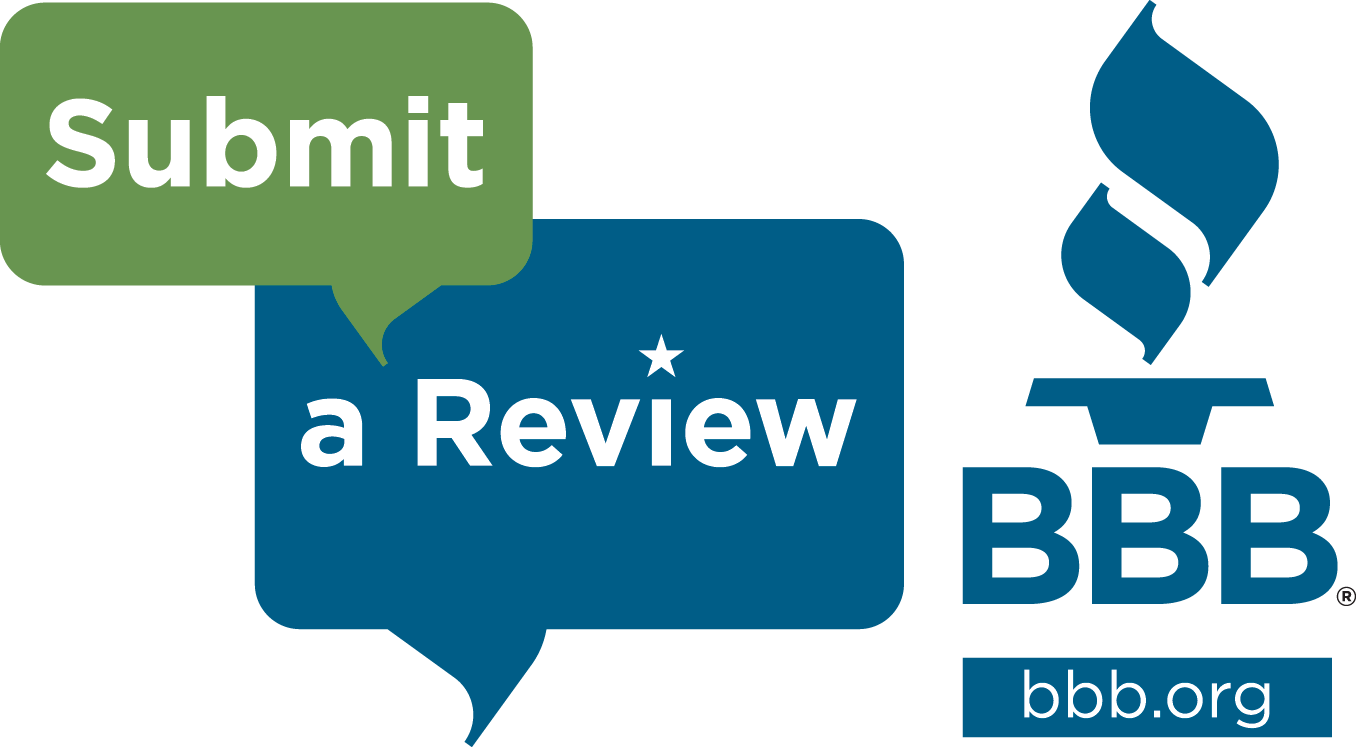What is Mortgage Insurance and Why Do We Pay It?

Taking a risk is something we are all familiar with in life. Whether you take a risk by accepting that new job offer or by going sky diving as a thrill seeker, it is a risk. Just as we take risks in our personal lives mortgage lenders also take risks when lending money to their customers. As a way to mitigate the risks that comes with lending such a large amount of money, lenders usually charge a fee, or mortgage insurance, when a lender puts less than 20% down on a home loan. There are some loans that start out with a mortgage insurance premium and then can be removed over time, some loans however require the mortgage insurance to be paid throughout the life of the loan. The cost of the mortgage insurance can vary depending on the type of loan that is acquired.
Why Do We Require Mortgage Insurance?
At one time it was common for people to have the 20% down payment that was needed to put down on a house loan. As the economy changed over the last 50 years, that became less feasible for many people looking to own a home therefore it discouraged many to pursue home ownership. With the creation of the Federal Housing Authority (FHA) came the option to borrow with less than 20% down. This also made lending mortgage loans with less than 20% down riskier to lenders. Because of this risk to the mortgage lenders, they began charging mortgage insurance to borrowers (which is usually about one percent of the loan amount per year). By charging mortgage insurance to the borrowers putting less than 20% down, it reduced the loss that the lenders might incur if the loan defaulted.
Do We Get to Keep the Mortgage Insurance?
Although the lender requires mortgage insurance to be paid on loans with less than 20% down, the lender does not keep the money that is paid for the insurance. The mortgage insurance company that covers the loan on the property keeps the money and if the loan defaults, the mortgage insurance company will take the property or pay off the bank for the insured amount. With FHA loans, the mortgage insurance is paid to the federal government and they insure the loan. If an FHA loan defaults and it goes into foreclosure, the home is taken back by the government and becomes a HUD home.
How Much is Mortgage Insurance?
There are guidelines set up by the FHA that indicate how much mortgage insurance can cost. The current cost is 1.75% upfront and then a monthly amount (which varies). The upfront amount is paid when the buyers close on their new home and the monthly amounts are included in the monthly mortgage payments. For example, on a $100,000 loan the upfront amount would be $1,700 and the buyers have an option to finance this into the loan. Private mortgage insurance varies with different banks and typically costs between 0.5%-1% of the entire loan amount every year. On a $100,000 loan the homeowner would pay $83.33 per month or $1,000 year with a 1% fee.
Can Private Mortgage Insurance Be Removed?
Unlike FHA mortgage insurance which CANNOT be removed from the loan, some private mortgage insurance (PMI) can be removed after a certain time and equity build up. Some private mortgage insurance programs can be removed after two years and if the loan is 80% or less than the value of the home. If your home goes up in value or you pay a large chunk of the balance off then your PMI may also be removed.
While PMI and mortgage insurance can increase the monthly payment amount on your mortgage, many homeowners find it worth the cost when they don’t have the money to put the 20% down. Considering you might be able to remove the PMI from your loan (depending on the lender) it is usually a safe bet for all parties involved.













